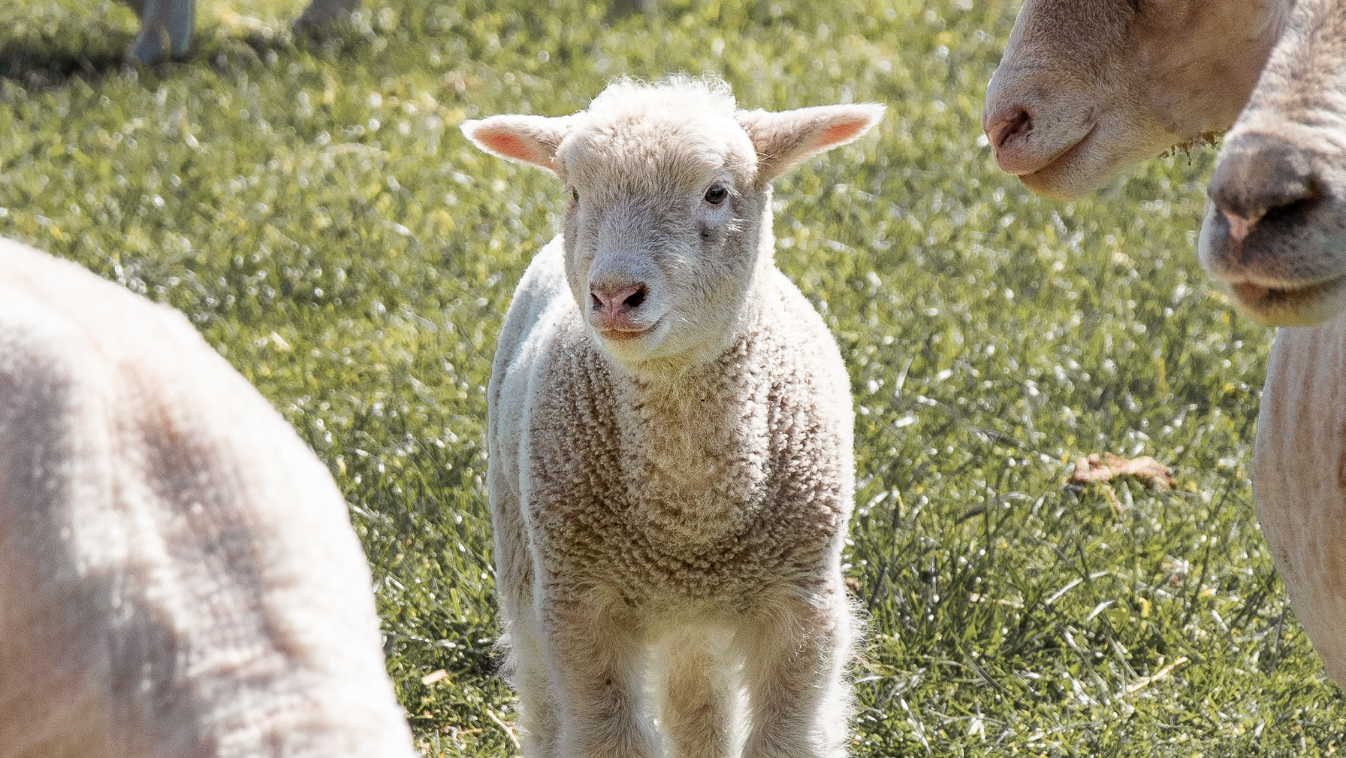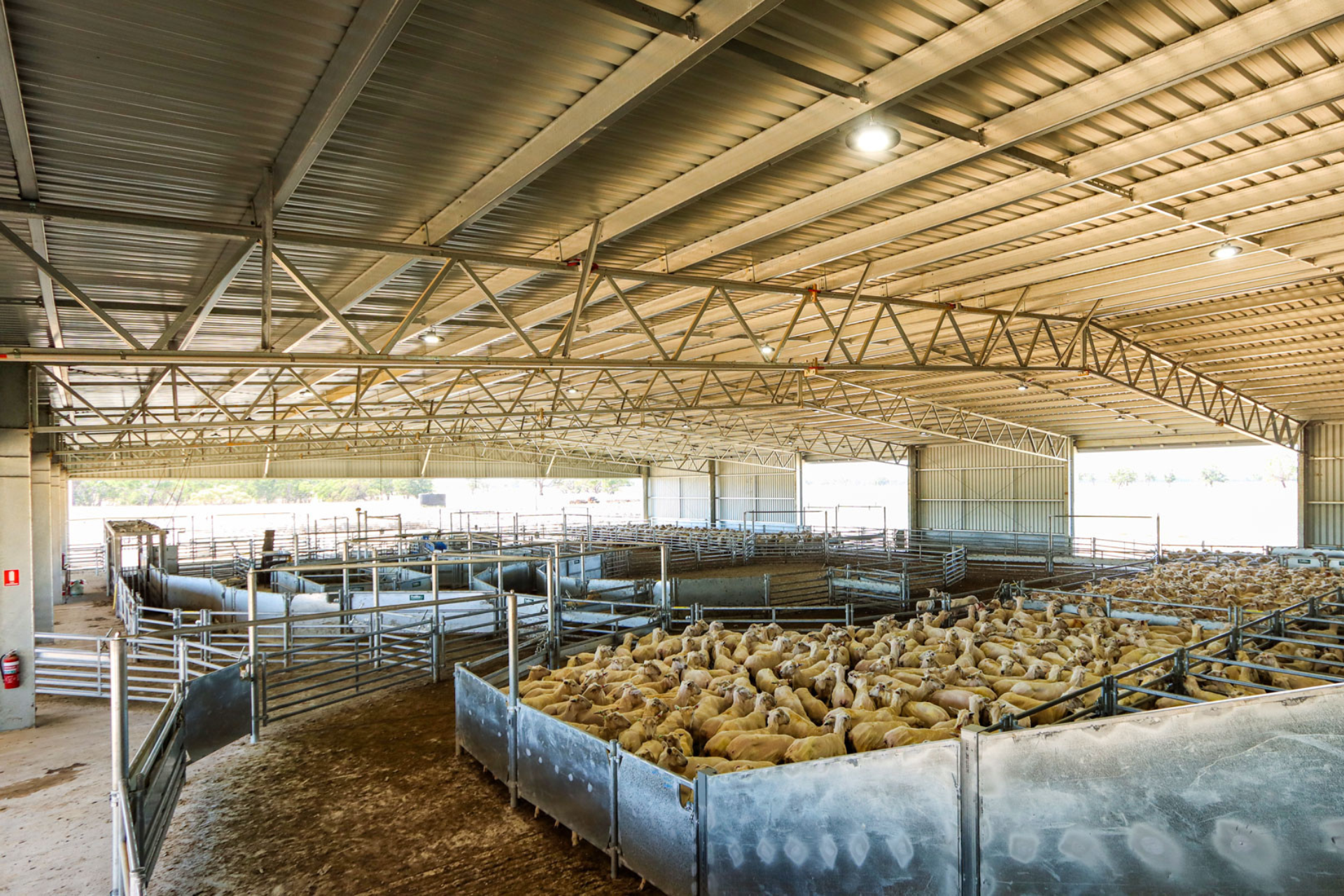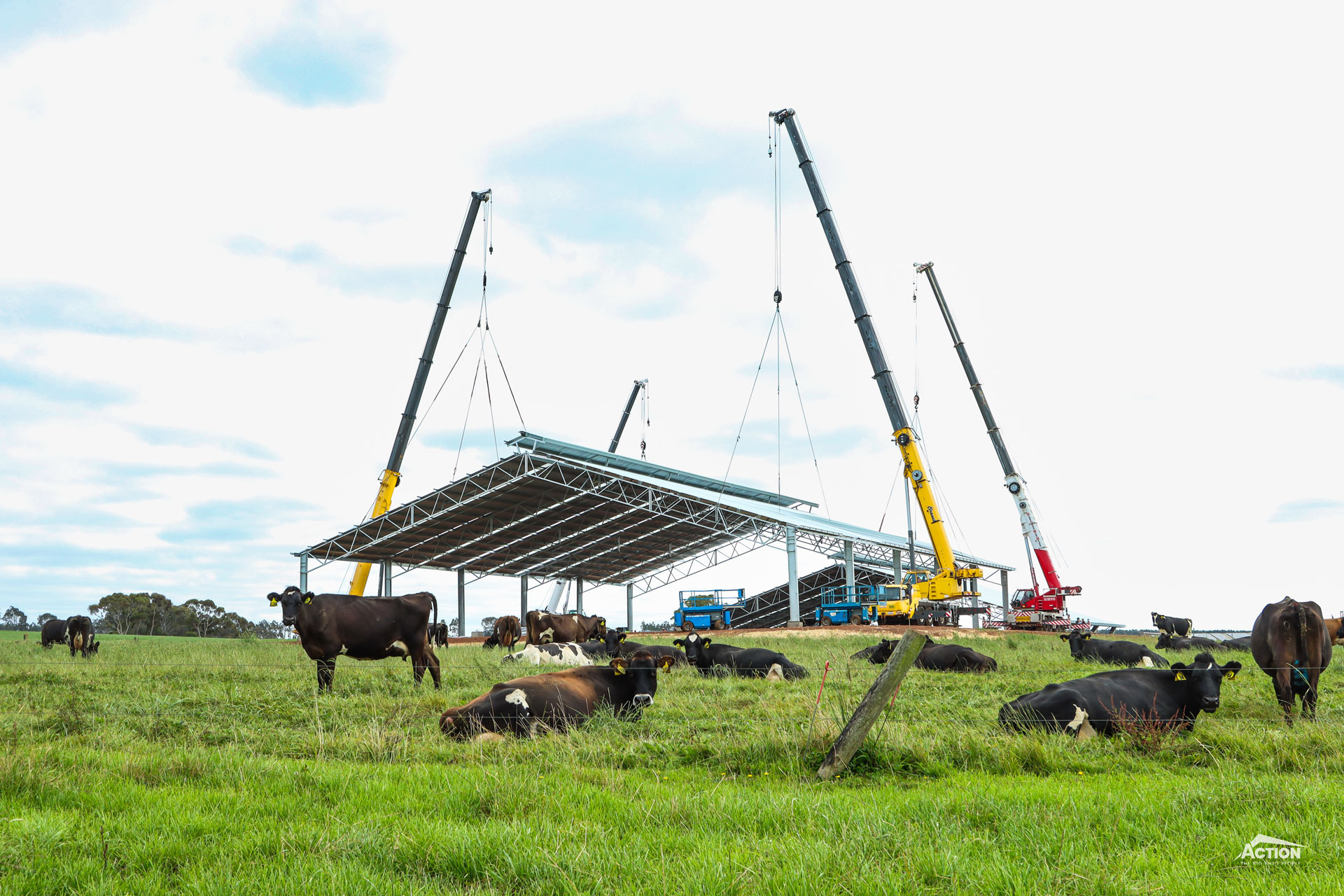To help improve lamb survival rate it is important to be aware of common lamb sicknesses, diseases, infections and health problems that can affect lambs and know how to prevent them from occurring.
Coughing, slow feeding and weakness are all symptoms and obvious signs of a sick lamb, but how much do you know about sicknesses that can affect lambs and reduce lamb survival rates?
In this article we discuss seven of the most common lamb sicknesses and prevention and management tips for each.
7 Of The Most Common Lamb Sicknesses
Arthritis in lambs is caused when bacterium that are present on the skin, in faecal material or in the soil enter the lamb via a wound and then lodge in the joints. Young lambs are most susceptible.
Preventative measures include choosing a lambing paddock with minimal contamination and maintaining a high standard of hygiene at marking.
There are two main types of bloat that occur in lambs that have similar symptoms but different causes: abomasal bloat and frothy bloat.
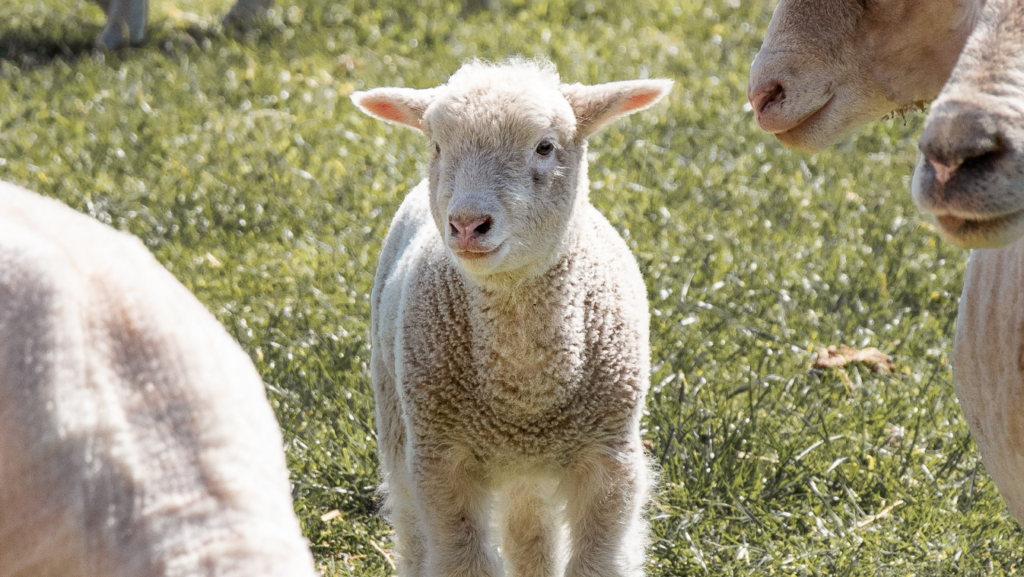
Abomasal bloat usually affects bottle fed lambs while frothy bloat occurs when lambs have been put on pasture that is too rich. Preventative measures for frothy bloat include avoiding grazing high risk pastures and good pasture management.
In cold and wet weather, lambs are susceptible to hypothermia. Hypothermia occurs when a lamb’s body temperature falls below the normal range of around 38 – 39.5°C.
Preventative measures for hypothermia include choosing lambing paddocks with good natural shelter.
Pneumonia is most common in artificially reared lambs and lambs in confinement lots and occurs due to a combination of factors such as bacteria, environmental conditions, and the lamb’s physical condition and immune system.
Preventative measures include ensuring that shelter and pens are kept clean and are not overcrowded.
-
Scours
There are two types of scours; nutritional scours which often occur in hand reared lambs and are caused by diet, and infectious scours which are caused by bacteria and parasites such as coccidiosis.
Preventative measures against coccidiosis include minimising stress, providing adequate nutrition and maintaining good hygiene in confined areas.
Lamb starvation can occur early on in a lamb’s life often due to feeding problems caused by damaged teats or udders.
Preventative measures include reducing damage at shearing and crutching, and culling ewes with damaged udders and teats.
-
Tetanus
Symptoms of tetanus include stiffness and muscle spasms and usually results in death due to paralysis of the breathing muscles.
Preventative measures include vaccination and good hygiene at marking.
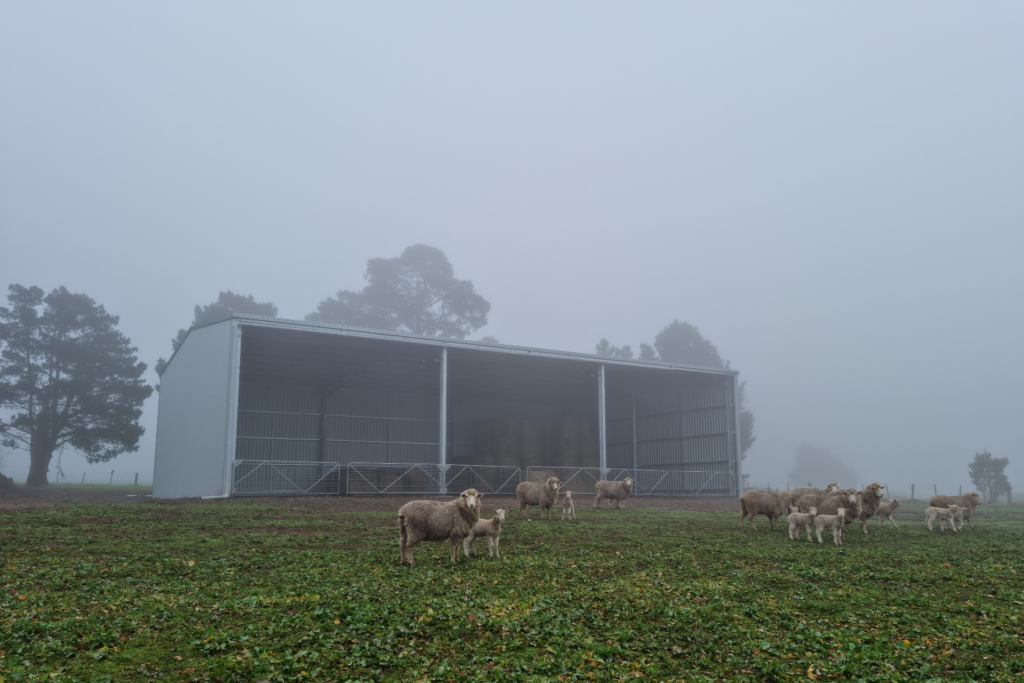
Useful Biosecurity Resources
Practicing good hygiene and maintaining biosecurity is essential to preventing disease and sickness.
You might also like our article: common calf sicknesses & how a calf shelter can help

